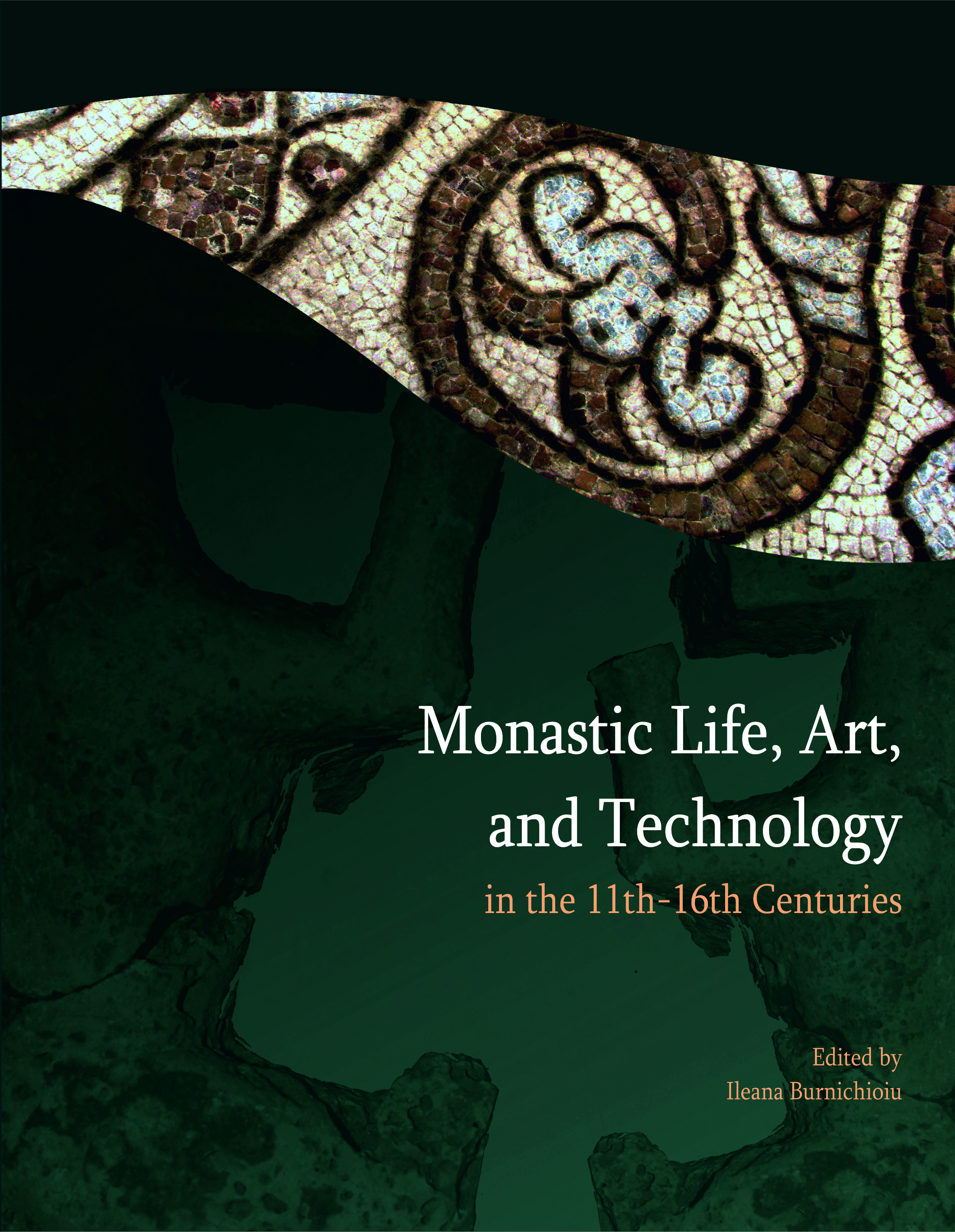Church and Salt. Monasteries and Salt in the medieval Kingdom of Hungary (11th–13th centuries)
Church and Salt. Monasteries and Salt in the medieval Kingdom of Hungary (11th–13th centuries)
Author(s): Beatrix F. RomhányiSubject(s): History, Archaeology, Middle Ages
Published by: Editura Mega Print SRL
Keywords: monastic wealth sources; monastic royal privileges; salt trade; Arpadian-Age;
Summary/Abstract: In medieval Hungary the kings often supported monastic institutions by salt donations. Although—unlike in many Western European provinces—salt mines were and remained until the end of the Middle Ages royal property, the participation in the salt trade was a major income source for quite a number of monasteries. The best known source for this is the Bereg treaty from 1233 by which Bizere Abbey also received a certain quantity of salt. The ecclesiastic and particularly the monastic participation in the salt trade was significant especially from the late eleventh until the mid-thirteenth century. According to the charter evidence mainly Benedictine and Cistercian abbeys, as well as the military orders, had a privileged position. The paper deals with certain political and economic aspects of the Bereg treaty and with the monastic participation in the Arpadian-Age salt trade.
Journal: Annales Universitatis Apulensis Series Historica
- Issue Year: 19/2015
- Issue No: Special
- Page Range: 147-160
- Page Count: 13
- Language: English
- Content File-PDF

